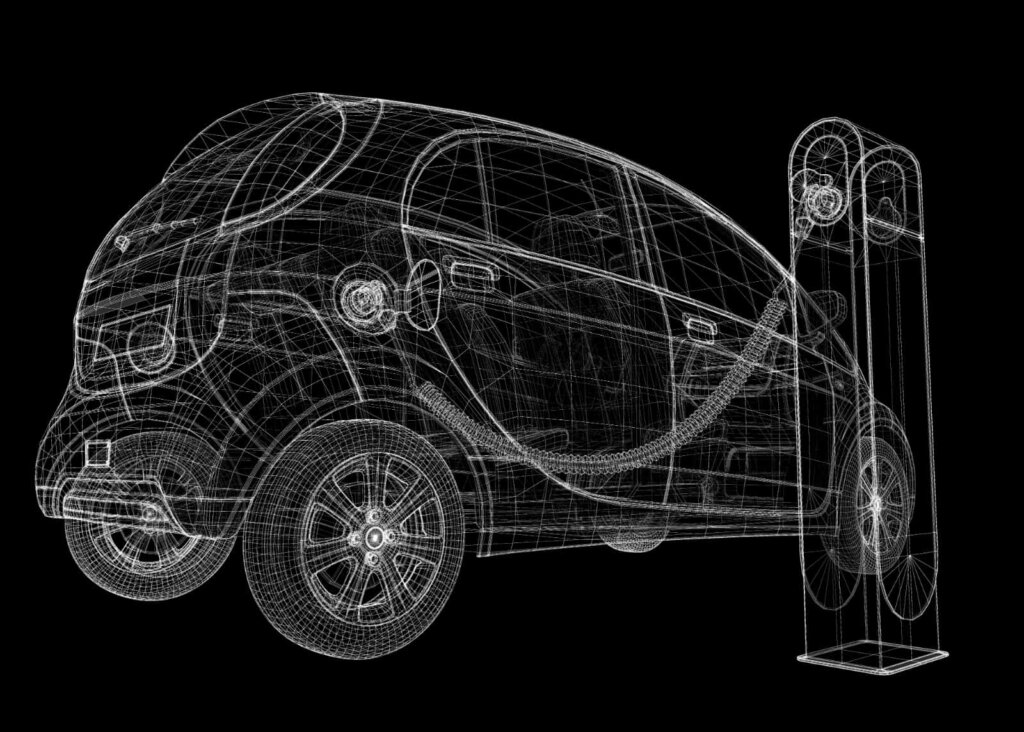Introducing EVA: Dunsky’s EV forecast model helping utilities and governments plan for (and electrify) the future

As battery costs fall and electric vehicle adoption grows, governments and utilities are looking to understand how they can accelerate market uptake, while managing peak load impacts. That’s where EVA comes into play.
Dunsky’s Electric Vehicle Adoption (EVA) model was designed to help our clients navigate this bold new clean energy opportunity. EVA helps our clients forecast baseline EV market adoption specific to their region’s unique characteristics. It further allows our clients to test how a broad array of policy and program levers – vehicle or charger purchase incentives, public charger infrastructure funding and others – can be expected to accelerate that adoption. EVA’s value further extends into forecasting energy and demand impacts, assessing demand response opportunities and understanding cost and climate impacts of all scenarios.
EVA is one of the tools we use to support a growing EV practice, that now includes utilities and governments from coast to coast. One recently completed project was conducted for Quebec’s new Energy Transition Agency (“TEQ”).
TEQ asked Dunsky to assess the global market for EVs, to identify barriers to EV adoption in Quebec, and to recommend appropriate options – including incentive types and levels – to improve EV market performance. Dunsky’s analysis highlighted several trends in the EV market that will impact adoption, including declining battery costs, increased range, and a broadening variety of vehicle models. Dunsky also examined leading EV markets across North America and Europe, comparing strategies involving financial incentives, charging infrastructure deployment, and public awareness campaigns.
Dunsky’s work will help TEQ define its incentive strategy going forward, and will help guide the ongoing monitoring and analysis that will be necessary to refine Quebec’s incentive programs over time as this emerging market continues to take hold.
Related projects: Dunsky is currently supporting more than half a dozen utilities and governments on EV strategy, infrastructure deployment, smart charging options (for demand response), vehicle-to-grid technology and more!
Related News
- Read more about Dunsky to Support IESO in Identifying DER Potential in Ontario
Dunsky to Support IESO in Identifying DER Potential in Ontario
September 24, 2021
Dunsky is pleased to announce that it has been retained by Ontario’s Independent Electricity System Operator (IESO) to conduct the…

- Read more about Energy Transition Insights: A Q&A with Three Dunsky Analysts
Energy Transition Insights: A Q&A with Three Dunsky Analysts
August 12, 2021
What’s it like to work at Dunsky? As a growing company we are constantly encouraged by the number of talented…

- Read more about Municipal Energy Efficiency Lending: Can New CMHC and FCM Funding Co-Exist?
Municipal Energy Efficiency Lending: Can New CMHC and FCM Funding Co-Exist?
July 5, 2021
The Government of Canada recently announced two initiatives to support energy efficiency upgrades in Canadian homes via the Canada Greener…
